When you pick up a prescription at the pharmacy, you might see a generic version of a brand-name drug. But have you ever wondered how that drug is grouped with others? Why is metoprolol in the same category as propranolol, while amoxicillin is nowhere near it? The answer lies in generic drug classifications-a system that organizes medications so doctors, pharmacists, and insurers can make sense of thousands of drugs quickly and safely.
Why Drug Classifications Matter
There are over 10,000 approved drugs in the U.S. alone. Without a way to group them, prescribing would be chaotic. Imagine a doctor trying to remember whether a drug treats high blood pressure, diabetes, or depression based only on its chemical name. That’s why classification systems exist. They turn complex science into usable information. These systems aren’t just for doctors. Pharmacists use them to catch errors. Insurers use them to decide which drugs cost less. Regulators use them to track safety. Even patients benefit-when a drug is properly classified, it’s easier to find alternatives if one doesn’t work or is too expensive. The most important classification systems fall into four main buckets: therapeutic, pharmacological, legal (DEA schedules), and insurance tiers. Each answers a different question.Therapeutic Classification: What Is the Drug Used For?
This is the most common way drugs are grouped in hospitals and clinics. It’s simple: drugs are classified by the medical condition they treat. For example:- Analgesics - relieve pain (like acetaminophen or ibuprofen)
- Antihypertensives - lower blood pressure (like lisinopril or amlodipine)
- Antidepressants - treat depression (like sertraline or fluoxetine)
- Antidiabetics - manage blood sugar (like metformin or glimepiride)
Pharmacological Classification: How Does the Drug Work?
While therapeutic classification asks “What does it treat?”, pharmacological classification asks “How does it work?” This system looks at the drug’s biological target. It’s more scientific and used heavily in research and clinical trials. Examples:- Beta-blockers - block adrenaline receptors (propranolol, metoprolol)
- Proton pump inhibitors - shut down stomach acid production (omeprazole, esomeprazole)
- SSRIs - increase serotonin in the brain (fluoxetine, citalopram)
- Angiotensin II receptor blockers - relax blood vessels (losartan, valsartan)
- -lol = beta-blocker (metoprolol, atenolol)
- -prazole = proton pump inhibitor (omeprazole, pantoprazole)
- -tidine = H2 blocker (famotidine, ranitidine)
- -navir = protease inhibitor (ritonavir, lopinavir)

DEA Schedules: Legal Control and Abuse Risk
Not all drugs are treated the same under the law. The Drug Enforcement Administration (DEA) classifies controlled substances into five schedules based on their potential for abuse and medical use. Here’s how it breaks down:- Schedule I - No accepted medical use, high abuse potential (heroin, LSD, marijuana*). *Note: Marijuana is federally Schedule I, but FDA-approved cannabinoids like dronabinol are Schedule II.
- Schedule II - High abuse potential, accepted medical use (oxycodone, fentanyl, Adderall, methadone)
- Schedule III - Moderate abuse potential, accepted medical use (ketamine, buprenorphine, hydrocodone with acetaminophen)
- Schedule IV - Low abuse potential (alprazolam, diazepam, tramadol)
- Schedule V - Lowest abuse potential, mostly cough syrups with small amounts of codeine (less than 200mg per 100ml)
Insurance Tiers: What You Pay Out of Pocket
Your insurance plan doesn’t care about pharmacology or legal schedules. It cares about cost. Most insurers use a 5-tier system to manage drug spending:- Tier 1 - Preferred generics (lowest cost; often under $10 per month)
- Tier 2 - Non-preferred generics (slightly higher cost, maybe $15-$25)
- Tier 3 - Preferred brand-name drugs (higher cost, often $50-$100)
- Tier 4 - Non-preferred brands (expensive, $100-$300)
- Tier 5 - Specialty drugs (rare, complex, very high cost; often over $1,000/month)
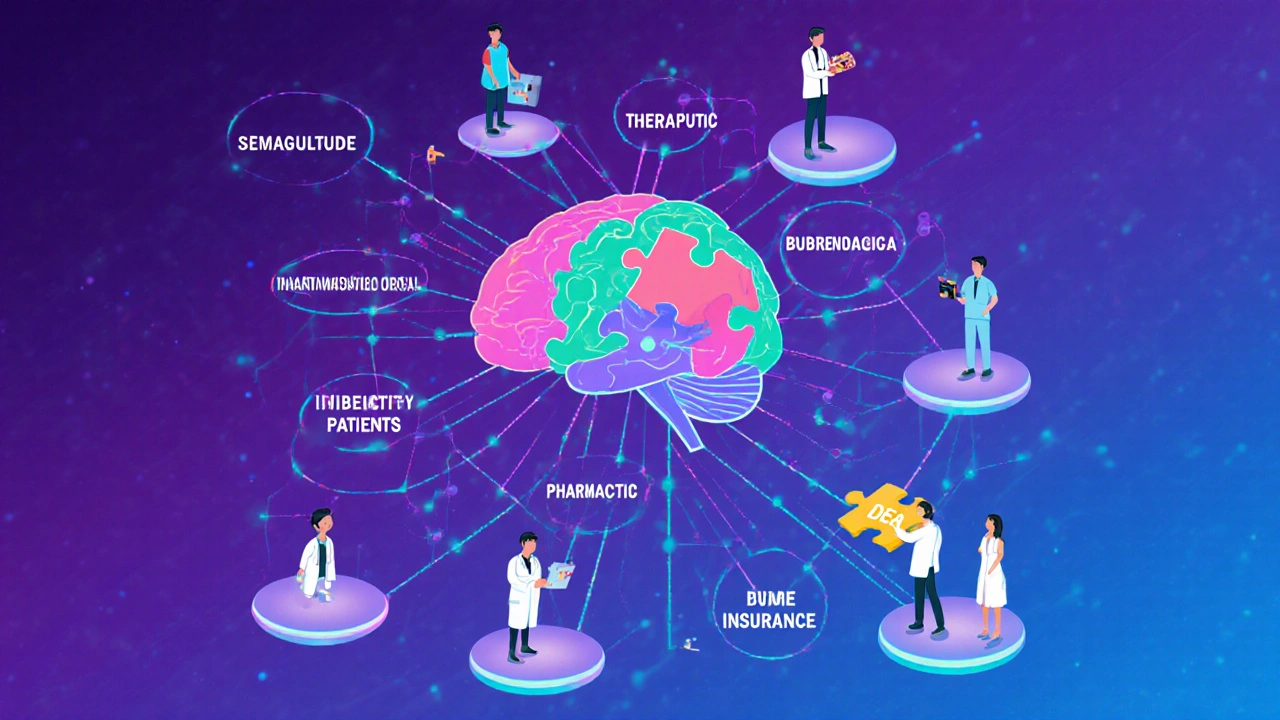
How These Systems Conflict-and Why It Confuses You
The problem isn’t that these systems exist. It’s that they don’t talk to each other. A drug like buprenorphine:- Is a therapeutic class: opioid use disorder treatment
- Is a pharmacological class: partial mu-opioid agonist
- Is a DEA Schedule: III
- Is a tier: usually Tier 1 or 2 (depending on insurer)
What’s Changing in 2025?
The system is evolving. In 2023, the FDA launched Therapeutic Categories Model 2.0, which allows drugs to have multiple primary uses. This is critical as more drugs treat more than one condition-like semaglutide, used for both diabetes and weight loss. The WHO is also updating its ATC system, adding 32 new biologic drugs and cell therapies in 2024. These are complex-some are made from living cells, not chemicals. Traditional naming and classification don’t fit. AI is stepping in. IBM Watson’s Drug Insight platform, launched in August 2023, uses machine learning to predict the best classification for new drugs with 92.7% accuracy. It’s still experimental, but it could one day merge therapeutic, pharmacological, and genetic data into one smart system. Meanwhile, the push to reschedule marijuana could ripple through every classification system. If it moves to Schedule III, insurers might cover it, hospitals might add it to formularies, and pharmacists might need new training.What You Need to Know
You don’t need to memorize all this. But understanding the basics helps you ask better questions:- If your generic drug is expensive, ask: “Is there a Tier 1 alternative?”
- If a drug isn’t working, ask: “Is there another in the same pharmacological class?” (e.g., if one beta-blocker doesn’t work, try another)
- If you’re prescribed a controlled substance, ask: “What schedule is this? Does that affect refills?”
- If your insurance denies a drug, ask: “Is it because of the tier? Can you check if another generic is covered?”
What is the most common way generic drugs are classified?
The most common way is by therapeutic classification-grouping drugs based on the medical condition they treat, such as blood pressure, diabetes, or depression. This system is used in over 90% of U.S. hospitals and is the primary method doctors rely on for prescribing.
Why do some generic drugs cost more than others even if they’re the same?
It’s because of insurance tier systems. Two identical generic drugs can be placed in different tiers based on which manufacturer your insurer has a contract with. Tier 1 drugs are cheapest; Tier 2 and above cost more-even if the active ingredient is identical. This has nothing to do with quality and everything to do with business deals.
What does DEA scheduling mean for my prescription?
DEA scheduling determines legal restrictions. Schedule II drugs (like oxycodone) can’t be refilled and require a new prescription each time. Schedule III-V drugs may allow refills. Schedule I drugs aren’t legal for medical use at the federal level, even if your state allows them. This affects how often you can get your drug and how it’s prescribed.
How do drug names tell you what they do?
Many generic names end in standardized suffixes called stems. For example, drugs ending in “-lol” are beta-blockers (like metoprolol), “-prazole” are proton pump inhibitors (like omeprazole), and “-tidine” are H2 blockers (like famotidine). These stems help pharmacists and doctors quickly identify a drug’s class without memorizing every name.
Is there a global standard for drug classification?
Yes-the World Health Organization’s Anatomical Therapeutic Chemical (ATC) system is used in 143 countries. It organizes drugs by body system, therapeutic use, and chemical structure. While the U.S. uses its own systems for regulation and insurance, many global drug studies rely on ATC for consistency.

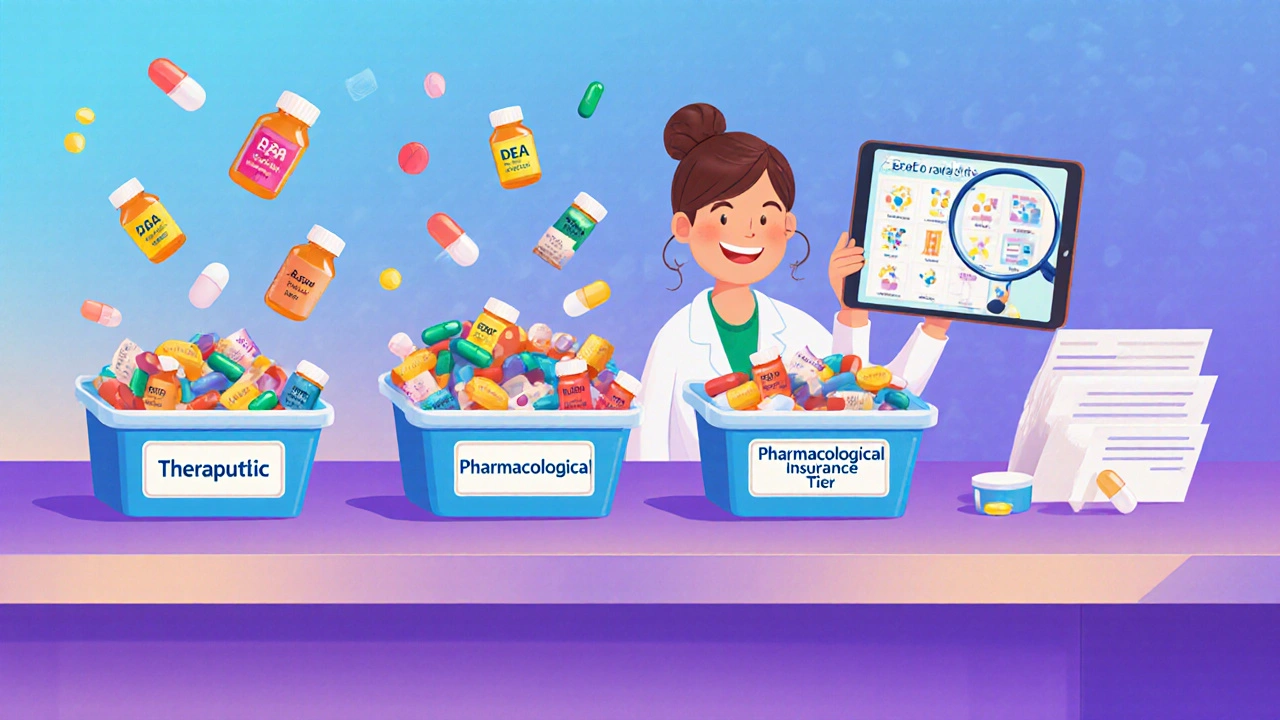
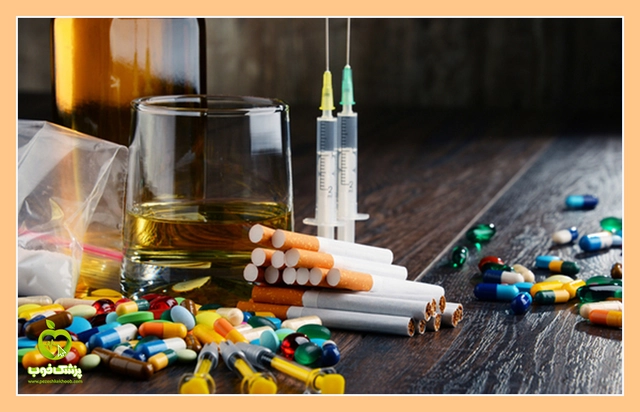
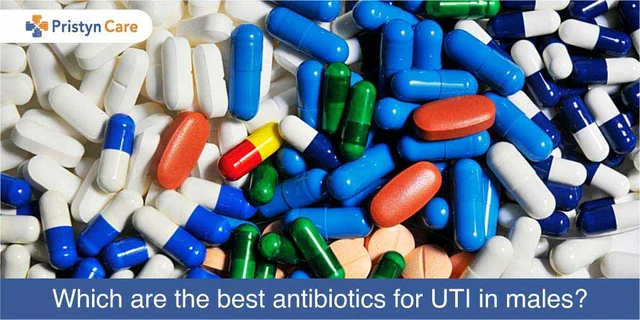
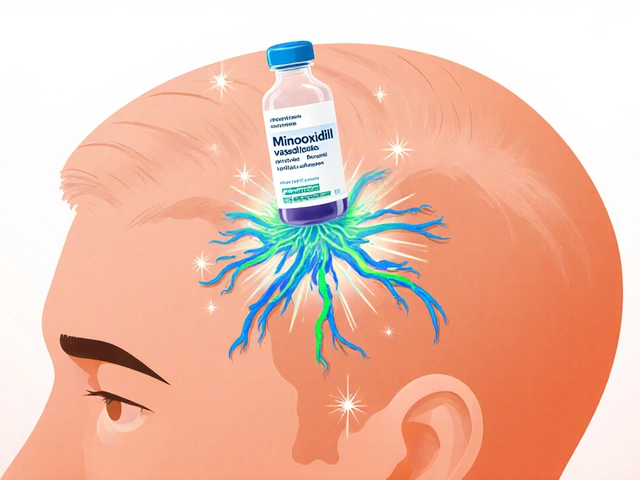


Andrew Forthmuller
November 13, 2025 AT 01:30